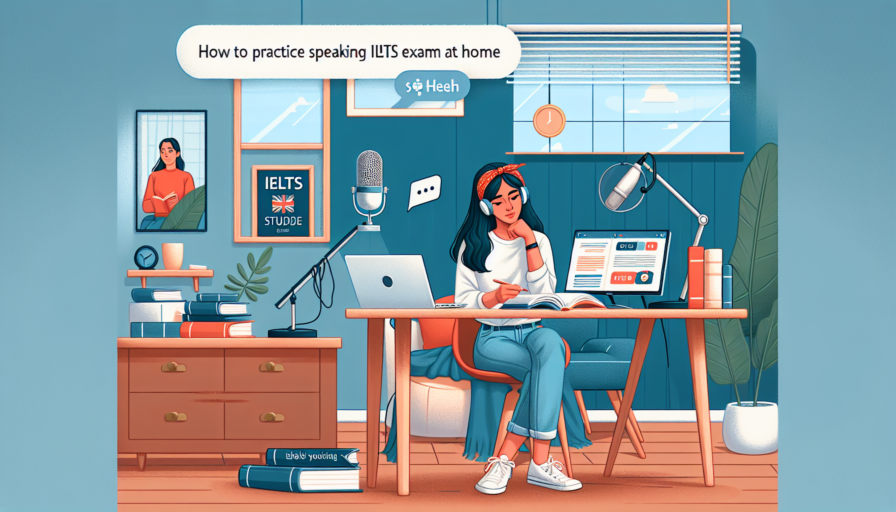
Contents
When we talk about the IELTS Speaking Exam Format, it’s essential for us to grasp its structure and components clearly. The Speaking test is designed to assess our spoken English skills and is conducted face-to-face with a qualified examiner. It comprises three distinct parts, each serving a unique purpose in evaluating our proficiency.
Throughout the IELTS Speaking Exam Format, it’s crucial for us to stay calm and focused. The examiner is not only assessing our vocabulary and grammar but also our ability to communicate effectively in various contexts. By understanding the format, we place ourselves in a better position to prepare thoroughly and showcase our language skills to the best of our abilities.
At Britannia School, we believe that enhancing our speaking skills at home can be both enjoyable and productive. Here are some effective strategies for practicing speaking at home that we can all adopt to refine our communication abilities.
We can also turn our focus to daily activities. Whether it’s describing what we are doing, such as cooking or exercising, narrating our day helps us practice speaking naturally. Furthermore, recording ourselves can provide invaluable feedback, enabling us to track our progress on the journey of mastering effective strategies for practicing speaking at home.
In our journey to excel in the IELTS examination, we can significantly enhance our performance by utilizing online resources for IELTS speaking practice. The internet is brimming with valuable tools designed specifically for aspirants like us. These resources not only provide speaking tasks but also offer feedback mechanisms that are crucial for our improvement. By engaging with these platforms, we can familiarize ourselves with the exam format and practice under simulated conditions.
One effective approach is to engage in online practice tests. Here’s how we can make the most of these tests:
Additionally, we should consider using apps designed for speaking skills improvement. These applications often include features such as:
Incorporating these strategies as part of our routine ensures that we utilize online resources for IELTS speaking practice to their fullest potential, making our preparation more comprehensive and engaging. By leveraging the vast array of tools available, we can improve our speaking skills and boost our overall confidence for test day.
When we begin our journey to improve our speaking skills, creating a structured speaking practice schedule is essential. This not only helps us allocate dedicated time for practice but also ensures that we cover various aspects of speaking, such as pronunciation, fluency, and vocabulary enhancement. Here’s how we can systematically approach this task.
First, we should identify our goals related to speaking. Are we focusing on conversational English, presentation skills, or perhaps preparing for a specific exam? Defining our objectives will help us create an effective speaking practice schedule. Let’s break down our schedule into manageable parts:
Next, we must incorporate a variety of speaking activities. This can include reading aloud, practicing with language apps, or engaging in role-playing scenarios. By diversifying our practice, we maintain our motivation and enhance our skills progressively. Ultimately, a well-crafted speaking practice schedule not only maximizes our learning but also helps us track our progress over time.
When we prepare for the IELTS Speaking Test, it’s essential to be aware of the common mistakes that can hinder our performance. One major mistake we often encounter is underestimating the importance of practice. We may think that speaking English casually is enough, but targeted practice is crucial. Engaging in mock interviews and practicing with a timer can significantly enhance our fluency and confidence.
Another common mistake we should avoid is neglecting the test format. The IELTS Speaking Test consists of three distinct parts, and failing to familiarize ourselves with these sections can lead to poor performance. We must ensure that we practice each part individually. Here are the three sections to focus on:
Additionally, we often fall into the trap of memorizing answers rather than developing the ability to express our thoughts naturally. This leads to a lack of authenticity in our responses, which examiners can easily detect. Instead, we should focus on understanding the questions and forming spontaneous replies. By being aware of these common mistakes, we can make our practice sessions more effective and aligned with the IELTS expectations.